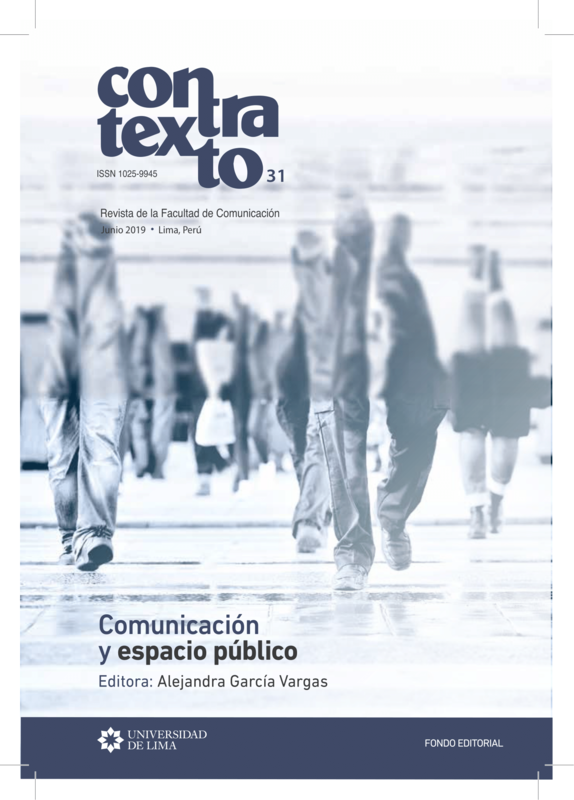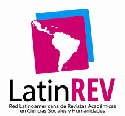Youth discourses about an excluding and segregationist city: from experience to reflection
DOI:
https://doi.org/10.26439/contratexto2019.n031.3889Abstract
Cities are melting pots of movements and transformations that allow performing analyses from many points of view, and young people are one of the important actors of their evolution. The experiences and practices of these young people generate discourses about the space they live on, and they frequently question those produced by institutions, the media, authorities or social groups. Hence, the objective of this paper is to analyze discourses given by high school students who live and study in an area with high levels of social inequality in Mérida, Mexico. Said discourses are about their use of public and private space, and the meanings attributed to their territory and the rest of the city. We describe the empirical context (the city) as a space of segregation and exclusion, and present theoretical concepts that enable us to understand the city– communication dyad. We used social semiotics as a methodology to explain young people’s discourses which we disaggregated into five fields: dignifying the territory, traveling around the city, using public and private space, damaged self-esteem, discriminatory practices, racism and stigma.
Downloads
Downloads
Published
Issue
Section
License
All of the works published are licensed under a CC BY 4.0 Creative Commons Attribution license. (updated on March 1st 2021)
The content of the journal may be shared in any material or format. The content may be adapted, contributed upon and transformed. Both possibilities are only permitted in so far as they complete the following conditions:
- Attribution: Credit must be given where it is due, a link to the license must be provided and changes, if made, must be indicated. This should be done in the manner deemed appropriate, without suggesting that the licensor promotes you or your use of the material.
Ownership rights
The patrimonial rights for Contratexto are published under a Creative Commons BY 4.0 license, allowing authors to keep the patrimonial rights to their work without restrictions.
If a work published in Contratexto were to be copied, distributed, spread, or any other activities contemplated in the aforementioned license, the author(s) and the journal must be mentioned visibly and expressly.
Self-archive
This journal allows and encourages authors to post items submitted to the journal on personal websites or institutional repositories both prior to and after publication, while providing bibliographic details that credit, if applicable, its publication in this journal.

















